Overview
Your safari will begin by 8AM in the morning with a pick up from your hotel at Arusha. With everyone aboard, you will head towards Serengeti National Park. The 240 Km drive will be covered in about 6hrs. The Serengeti, means endless plains in the local African language and watching the grassland stretch out as far as the eye can see and eventually merging with the sky at the horizon is an absolutely breathtaking view. With an overall land area of 14,763 Sq Kms, It puts our notion about distance to shame. The Serengeti also houses the glorious “Big 5” (elephant, rhino, buffalo, lion and leopard). Along with the “Big 5”, a very pleasant sighting would be one of Africa’s most beautiful animals – The Impala. The Serengeti ecosystem supports the greatest remaining concentration of plains game in Africa. The legendary Serengeti National Park is the most renowned safari destination for its incredible population of lions and leopards. The central portion of the Serengeti - known as Seronera area is one of the richest wildlife habitats in the park. It features the Seronera River, which provides a valuable water source to this area and therefore attracts wildlife well representative of most of the Serengeti’s species. In seronera, one must really look out for the many lion prides that thrive in this region. You must also look out for the Serengeti “Kopjes” which are massive boulders of granite standing in a sea of grass. They provide ample shelter to a large variety of flora and fauna. A picnic lunch will be done during the day long game drive itself. The eventful day comes to an end with a heavy dinner and a good night’s rest in your accommodation.
Central Serengeti
Day :1
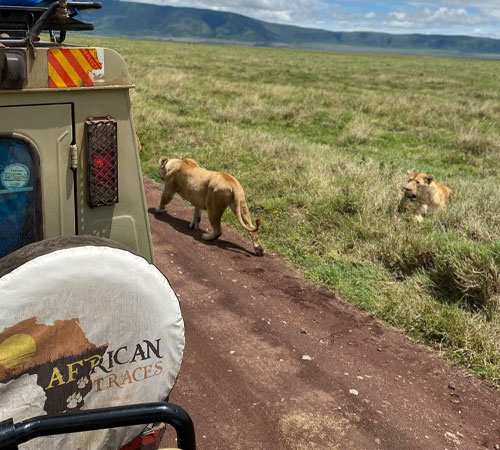



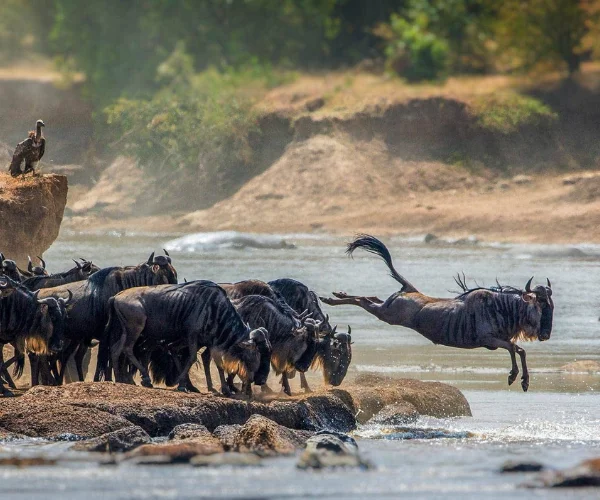


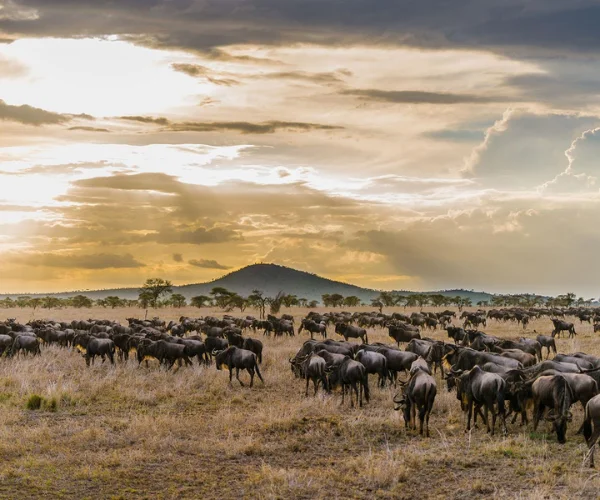
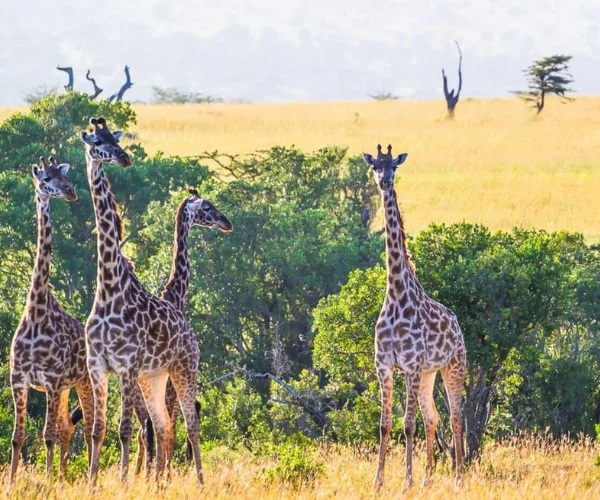
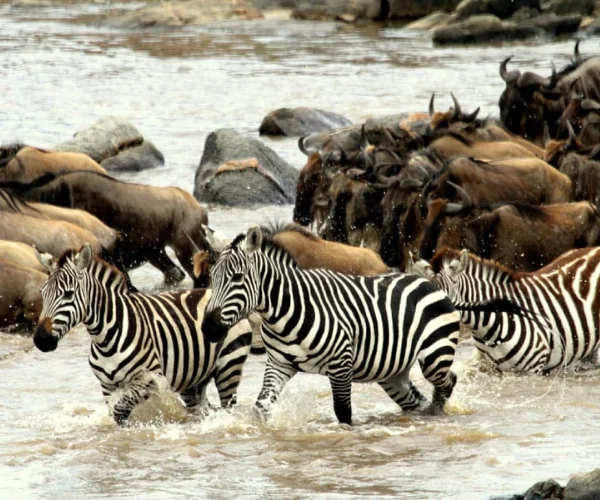


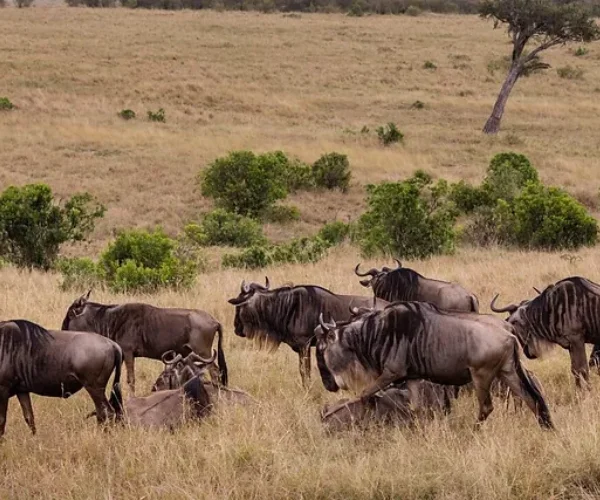

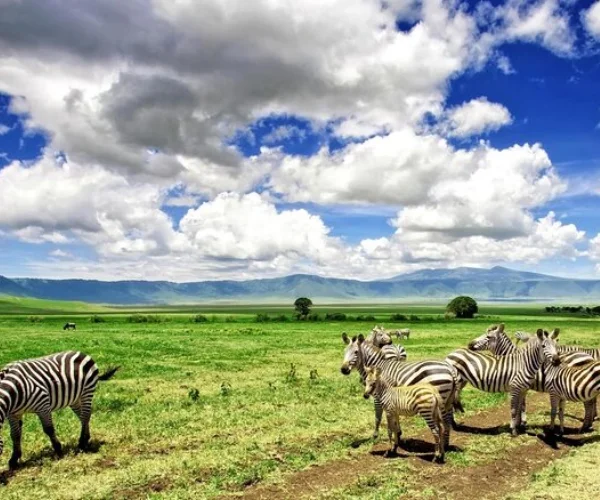
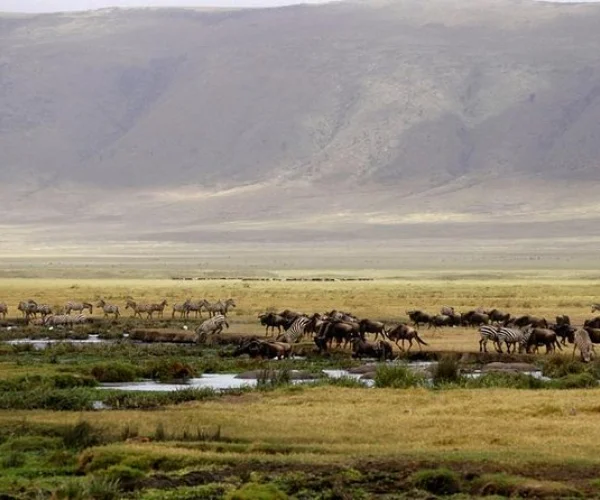
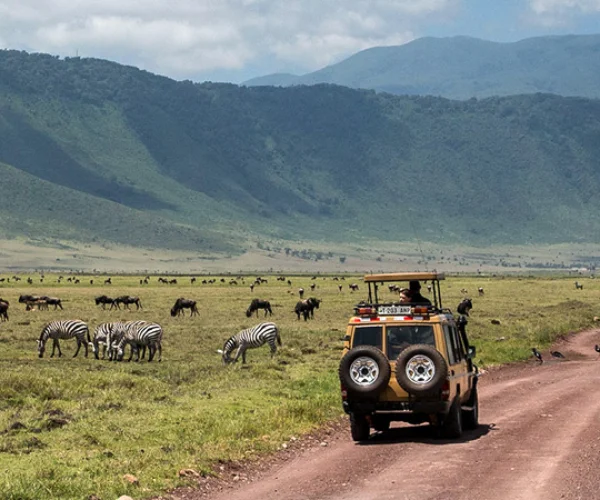
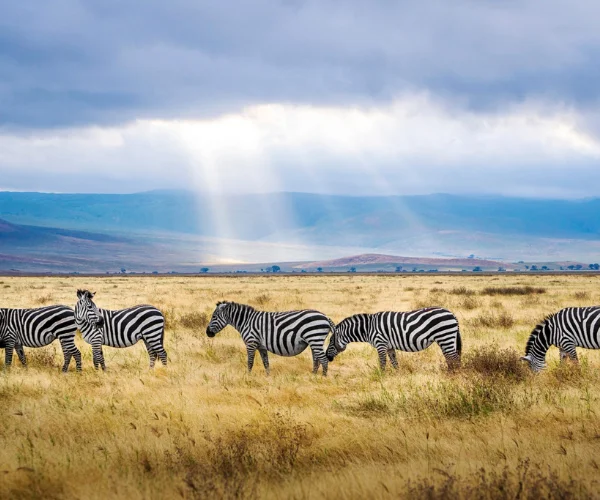

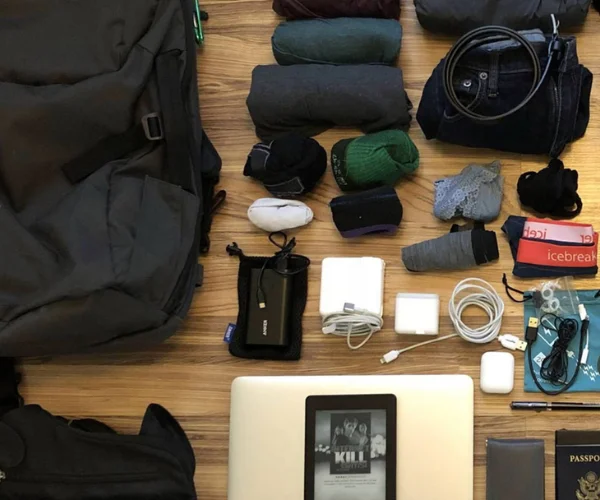

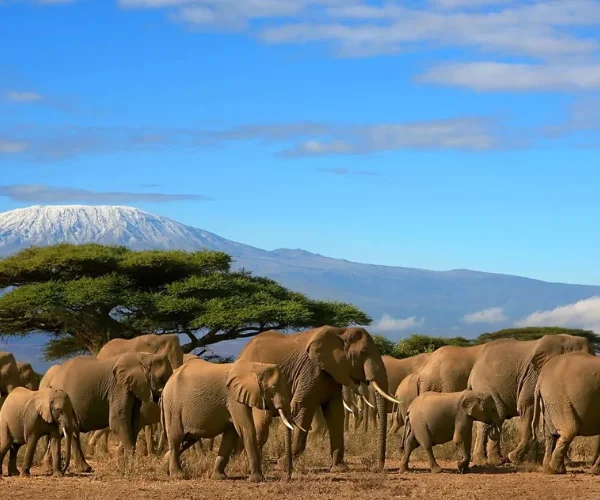






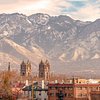
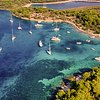
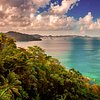
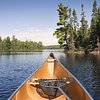
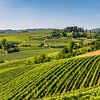
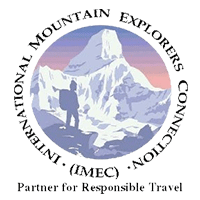












A few months have passed, and I am still immersed in a happy and wonderful safari trip, with beautiful grasslands, lazy lions, and clever zebras... I am very grateful to the enthusiastic Marko, who planned based on my needs